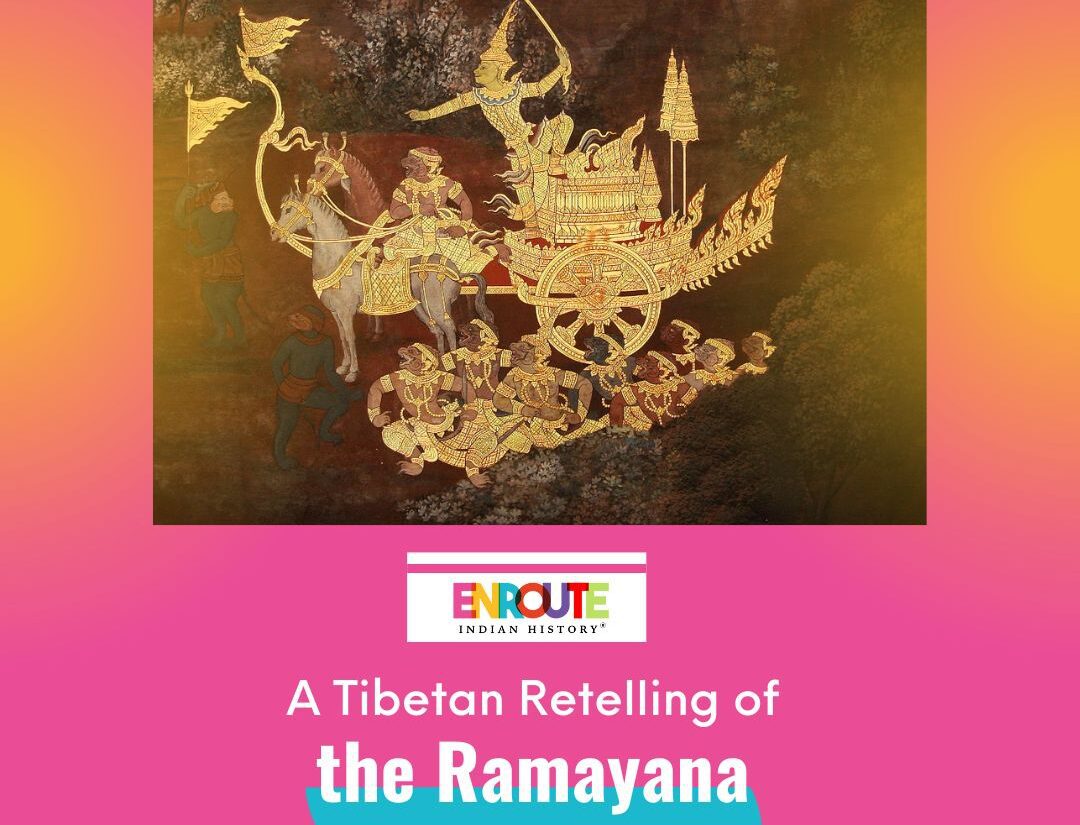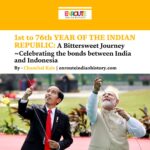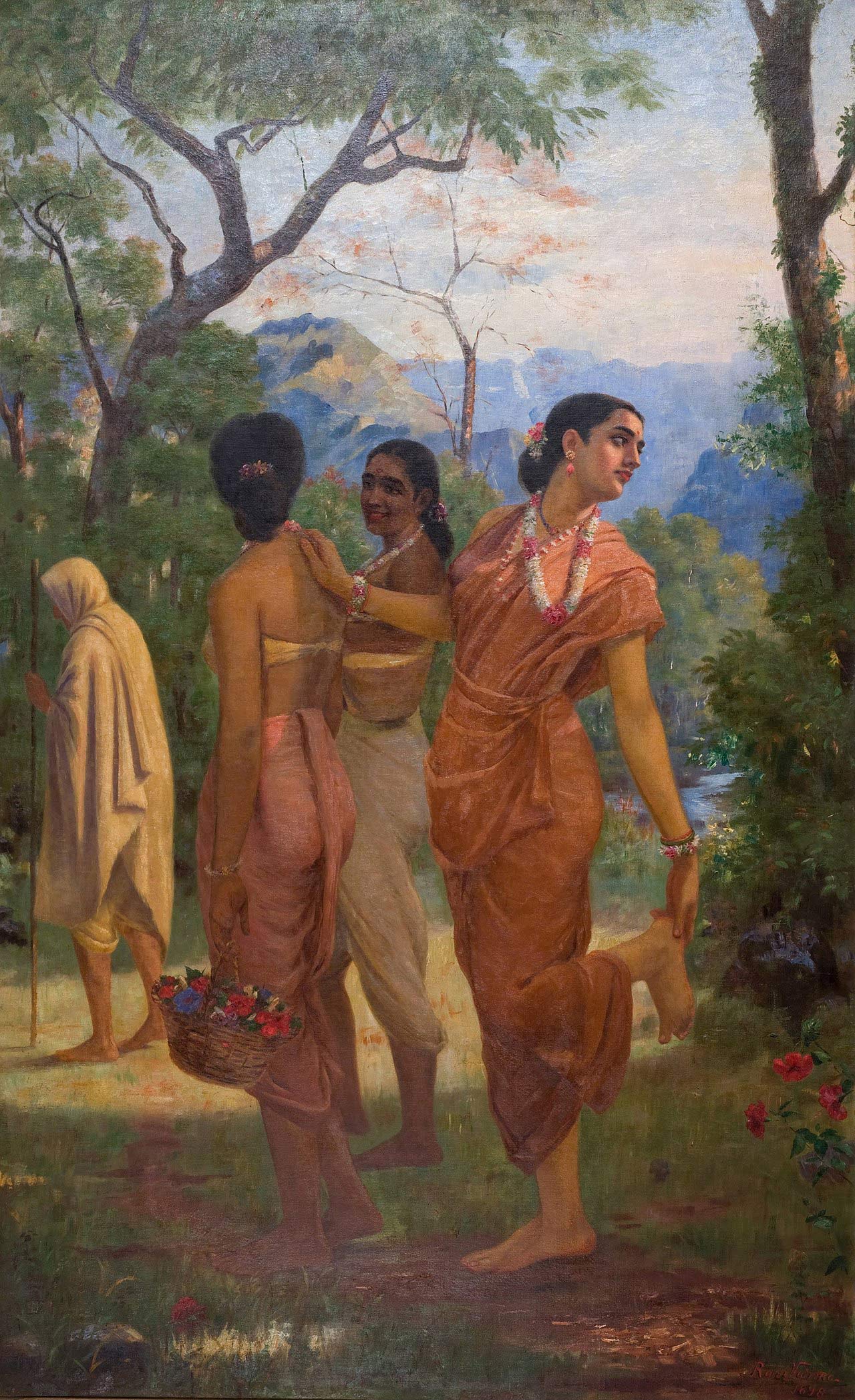
Article written by EIH Researcher and writer
Simran Sood
The story of Rama, Sita and their devotee Hanuman has been retold in many shapes and forms. Ramayan has seen a variety of commentaries, adaptations and retellings since its insemination.
Early manuscripts of Raymayana were found, in addition to other texts of different religions, in the vaults of Dunhuang Caves, China. There were six manuscripts, and the entire story was combined through reading them. Written in the seventh or eighth century, there were two revised editions of Rama’s story cycle (Chakraborty 103).

Discovery of manuscripts in Dunhuang Caves in 1908.
Courtesy: Dunhuang Academy
There is no influence of Buddhism in the Tibetan rendition of the Ramayan. While Chinese and Khotanese texts are recited in jataka form and are entirely in prose, Tibetan texts are compiled of verses, namely around 250. The story is recounted in prose. The verses reflect spoken conversations and discourses between Rama and Sita (in both directions). It is a possibility that the original Indian form of Ramayan inspired the poems (Jong 198).
We know Valmiki’s Ramayan was written between 200 BC to 200 CE; hence, experts believe that ‘Indianite’ stories of Rama were circulating in Tibet before these revised editions of Ramayan were written. The epic lived on as Ramana, a sui generis oral tradition, post the 9th century. It was not as famous as Jataka tales or King Gesar, but it existed as a popular performative tradition in Tibet. It was also because the ending was happy in this version of Ramayan. Performances are meant to put the audiences in a contended state after they end, claims Natyashastra, a fifth-century Indian manuscript (Chakraborty 103).
When you compare Ramayan with King Gesar, one realises that it was never entirely accepted or naturalised and existed in its ‘Indianite’ form. Some editions recognise Buddha was rebirthed as Rama; the idea is not spread widely and not initially as Tibetan. Ramayan could not get the love enjoyed by King Gesar in public, and it never became as popular or even sanctified (Chakraborty 103).
There are a lot of differences between Valmiki’s Ramayan and Dunhuang versions:
- As the daughter of Ravana, Sita was reared by two peasants as she was found in a copper box in the sea.
- Sita is presented to Ram as a wife. While in the forest, Ravana kidnaps her and takes her to Lanka. She is rescued by a Hanuman and his army of monkeys, and she and Rama live happily ever after.
- In the Dunhuang version, Lakshman rules the kingdom, not Bharata, after Rama leaves Ayodhya.
- Ravana engages Sita in a conversation in the form of an elephant and a horse.
- Upon Hanuman’s arrival in Lanka, he brings a letter and Rama’s ring to show Sita (Roesler 443).
Compared with two Chinese renditions, Valmiki’s version, the Khotanese version, and the Dasratha narrative worked upon by Edouard Chavannes and Sylvian Levi, the Tibetan story of Ramayan shows that there is no connection between these four (Jong 199). However, there are some moments worth discussing:
Lakshman prompts Sugriva to remember his promise of coming towards Rama’s rescue, and he pronounces a verse. The verse is copied word-to-word in both Tibetan revised editions. The Tibetan retelling has borrowed ideas from Valmiki’s Ramayan and combined them with stories from other revised editions of Ramayan. As mentioned earlier, Sita is found in a furrow, and her name is Tibetan Rol-rñed-ma. In the Tibetan version, she is born to Dasgriva, aka Ravana and due to the prophecy of his death at the hands of his daughter, Dasgriva puts her in a box and throws her in the waters. This information, also standard across other recensions of Ramayan, varies from Valmiki’s story. On the other hand, the designation of her name upon finding her in the field reminds us of the classical version (Jong 199).
Ramayan gained the approval of scholarly circles in Tibet after getting adopted. Ravana is first cited in the ‘Treasures of Elegant Sayings’ of Sakya Pandit Kunga Gyetsen. Along with his disciple Marston Chokyi Gelp, many other scholars created commentaries. Marston removed the religious aspects that other authors usually activated, whereas the mythological is extended beyond belief in his pieces. For instance, he narrates Hanuman’s exploits quite deeply and leaves out details of Rama acting as king or him being Buddha’s reincarnation (Chakraborty 103).

Tibetan versions of Ramayan stories
Courtesy: British Library Board
The best performance of Ramayan was composed by Zhangzhung Chownag Drakpa. He wrote The Song of Gandharva Maiden’s Lute. Compared to Marston’s simplistic renditions, Drapka had acquired figures of speeches and metered verse. According to Lin, the text was “a formidable literary challenge, both to read and to emulate”. Tashi Tsering added it was “a much sought after style of composition— among the Tibetan intellectuals . . . as it was beyond the grasp of the common people and gave an elitist touch”. The text is famous even in the 20th century. Ju Mipam Gyatso uses Ramayan extensively in his analysis of the Mirror of Poetics. Polymath Dondrup Gyel performs a nationalist discourse on Ramayan. He believed that Ramayan had influenced not only the literary arts of India but the literary arts of the world. He called it a “precious intellectual treasure” of each country (Chakraborty 104).
According to Priyanka Chakraborty, Ramayan shifted from a performative text to a poem and prose and became an instrument to revive Tibet’s nationalism. All the while, during assimilation, it did not lose its Indian roots, yet it still changed itself to adopt the culture of Tibet “to sustain as a parallel literature” (104).
References
Chakraborty, Priyanka. “Problematizing the Metaphor of Travel: A Study of the Journeys of Humans and Texts from India to Tibet.” Rupkatha Journal on Interdisciplinary Studies in Humanities 12.3 (2020).
de Jong, J. W. “An Old Tibetan Version of the Ramayan.” T’oung Pao, vol. 58, no. 1/5, 1972, pp. 190–202. JSTOR, http://www.jstor.org/stable/4527910. Accessed 2 May 2023.
Roesler, Ulrike. “The Great Indian Epics in the Version of Dmar ston Chos kyi rgyal po.” Proceedings of the Ninth Seminar of the IATS, 2000. Volume 2: Religion and Secular Culture in Tibet. Brill, 2002.




















